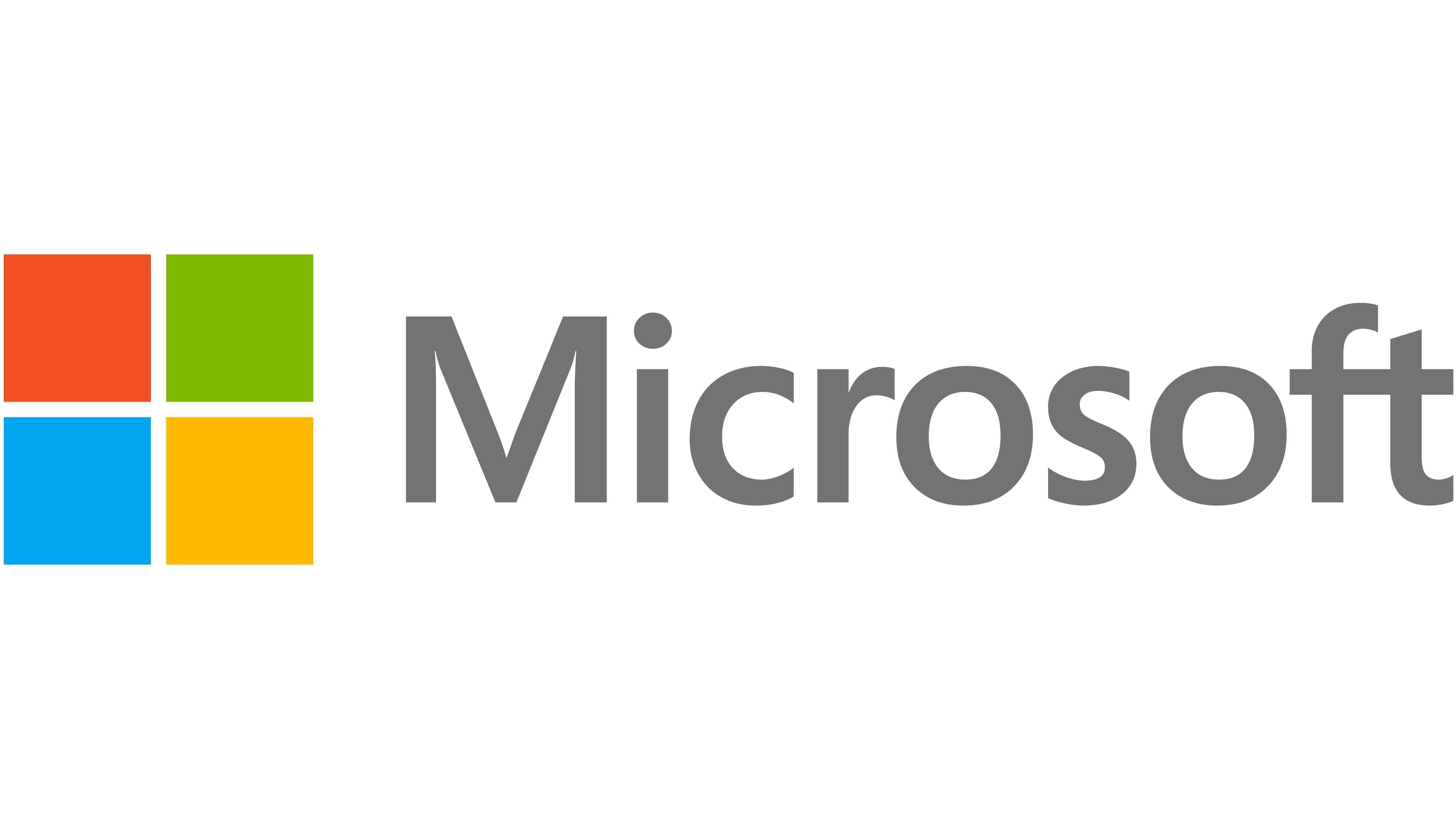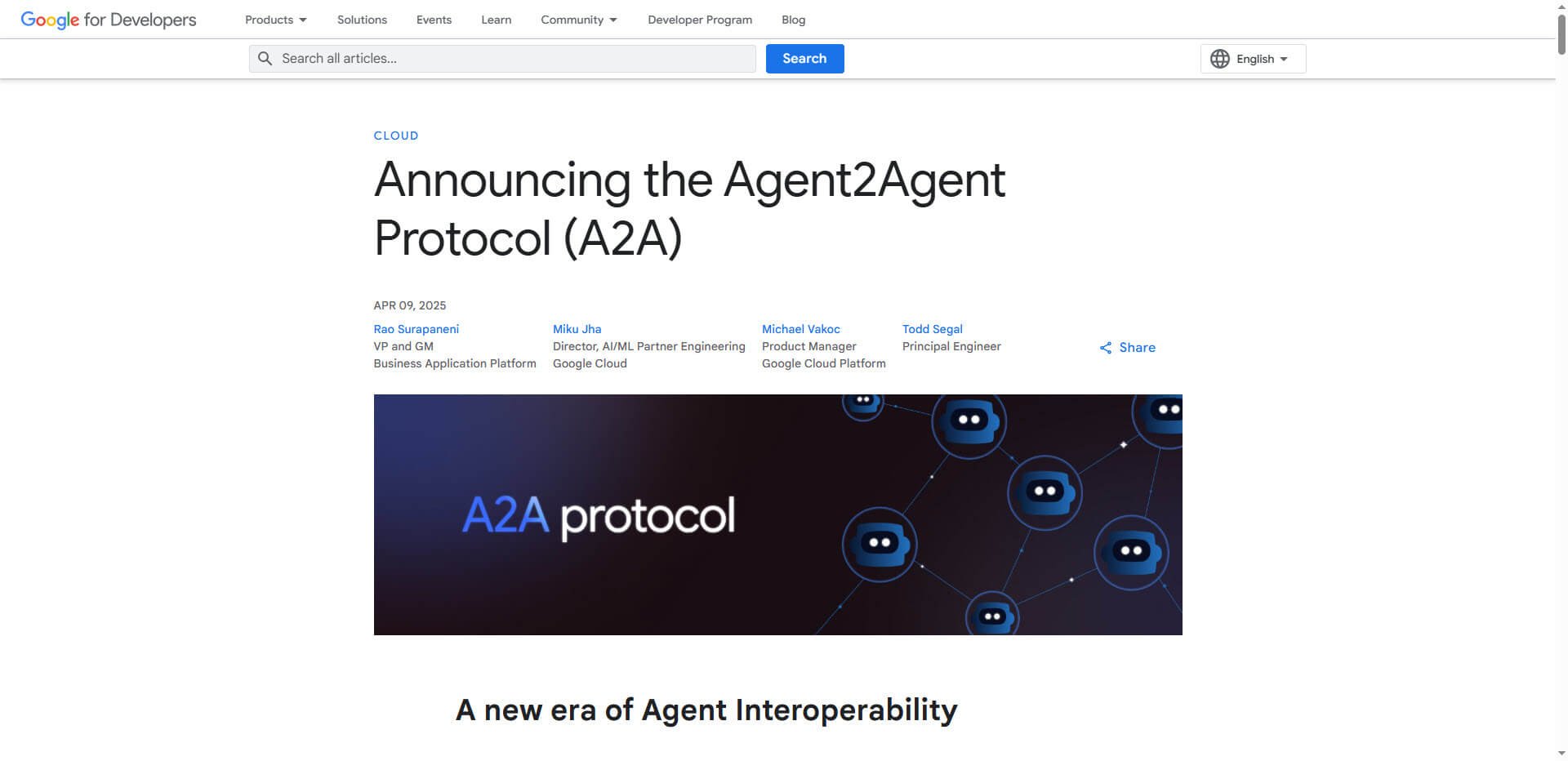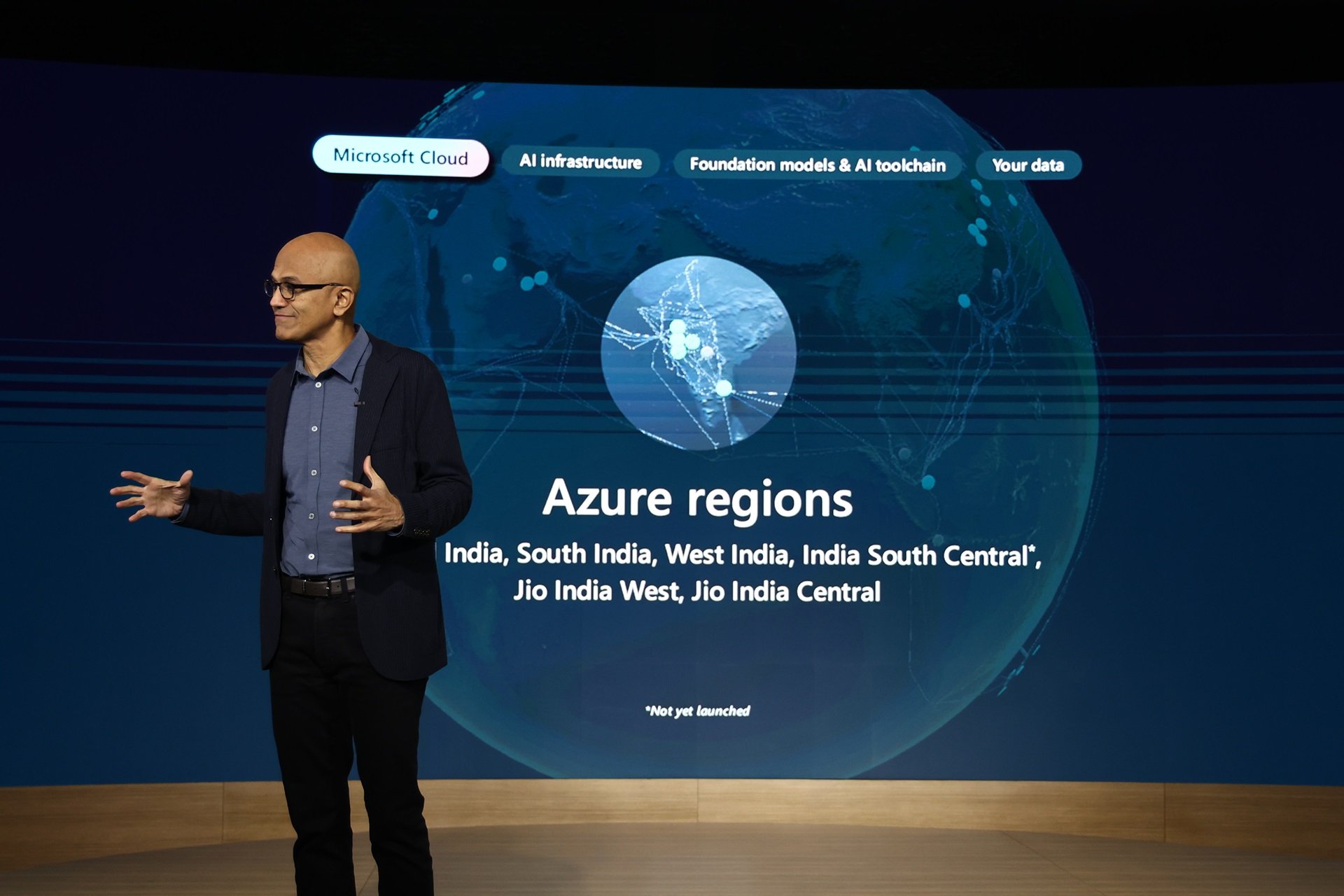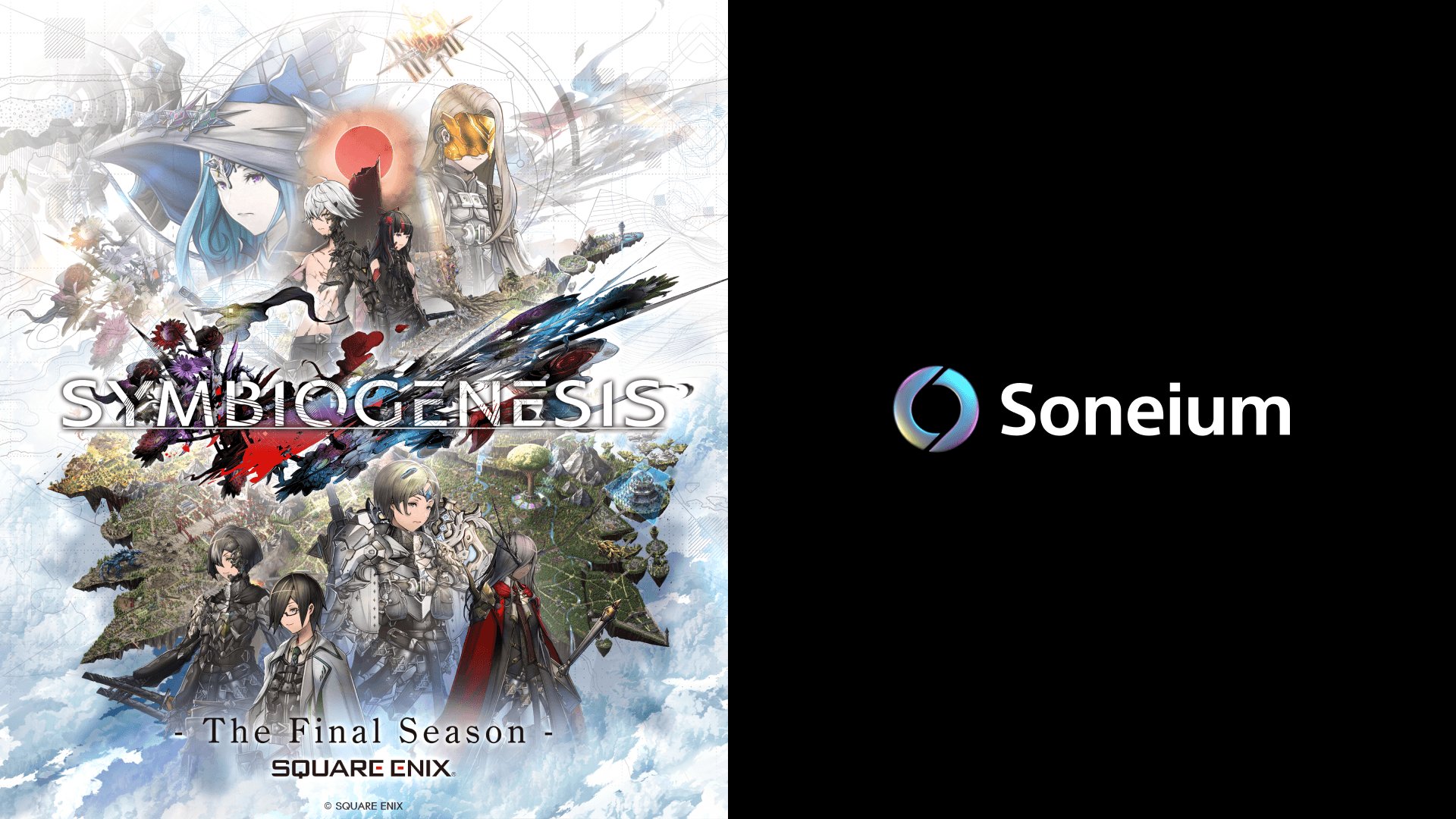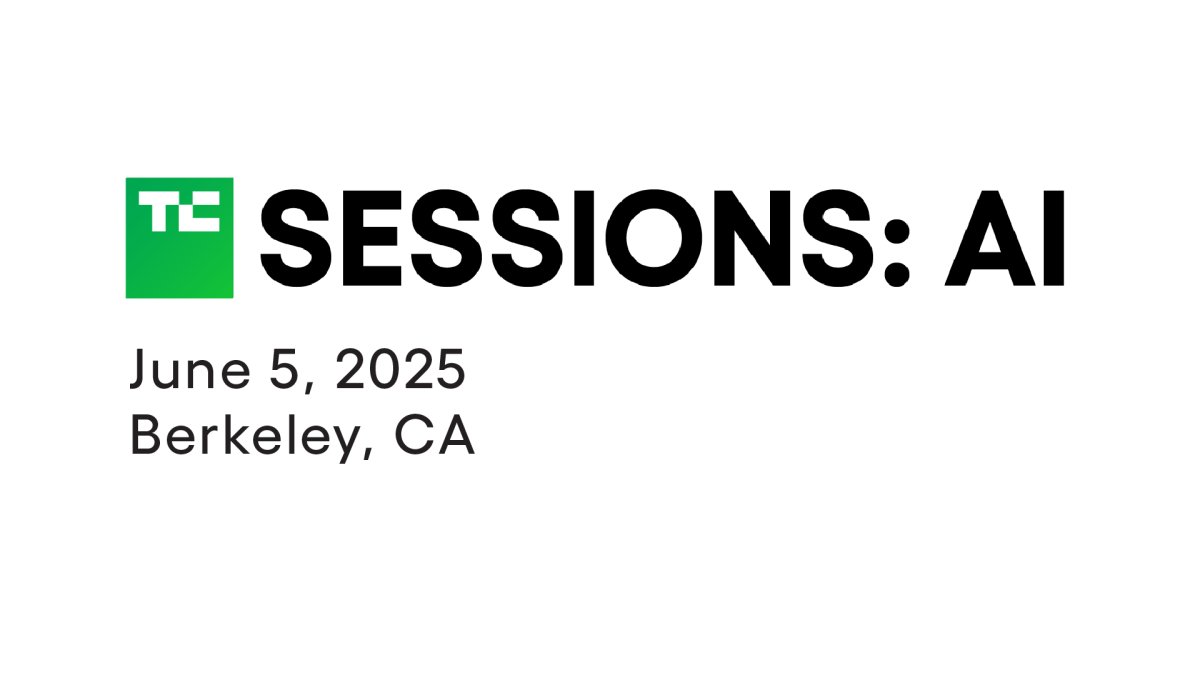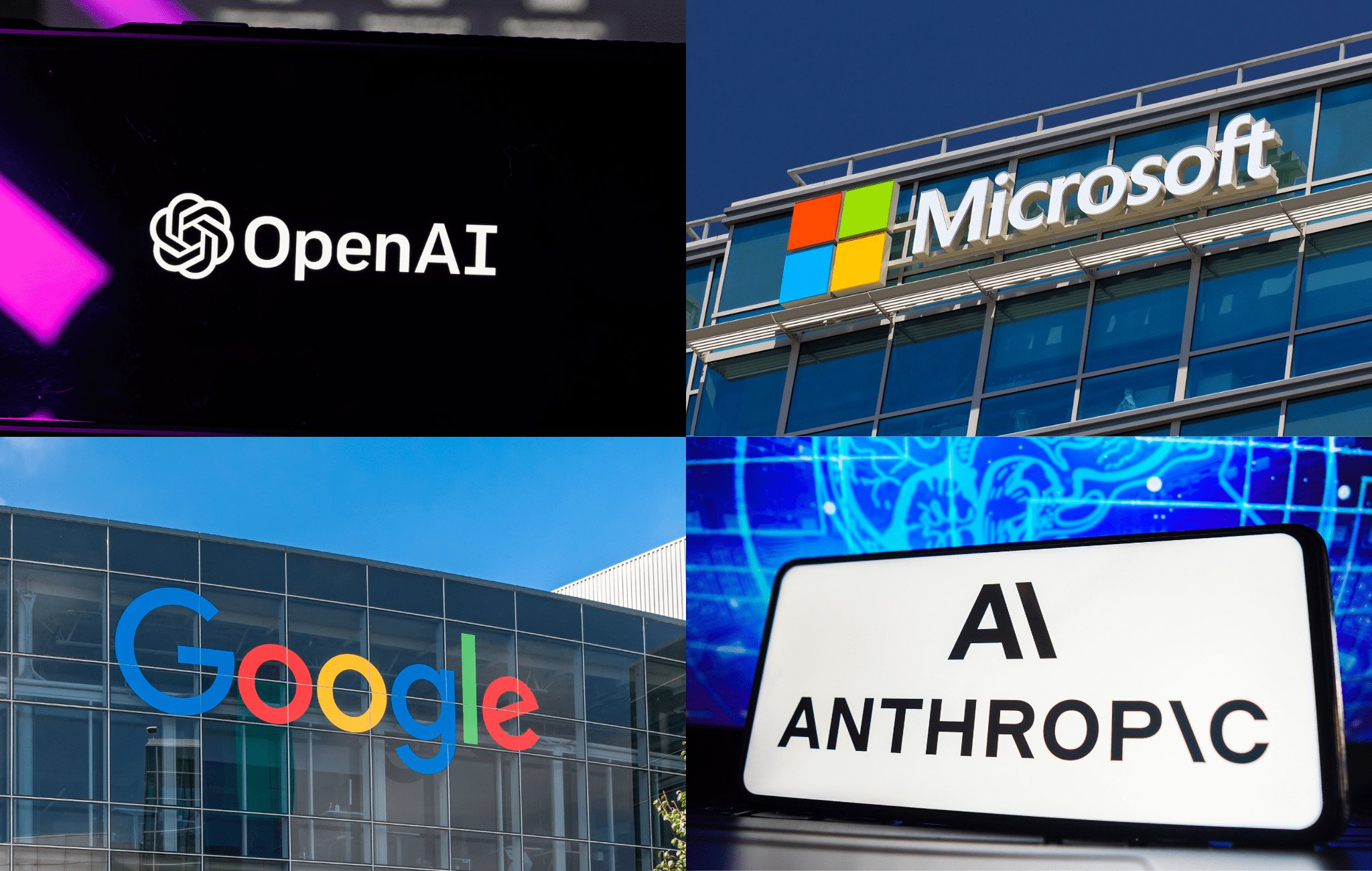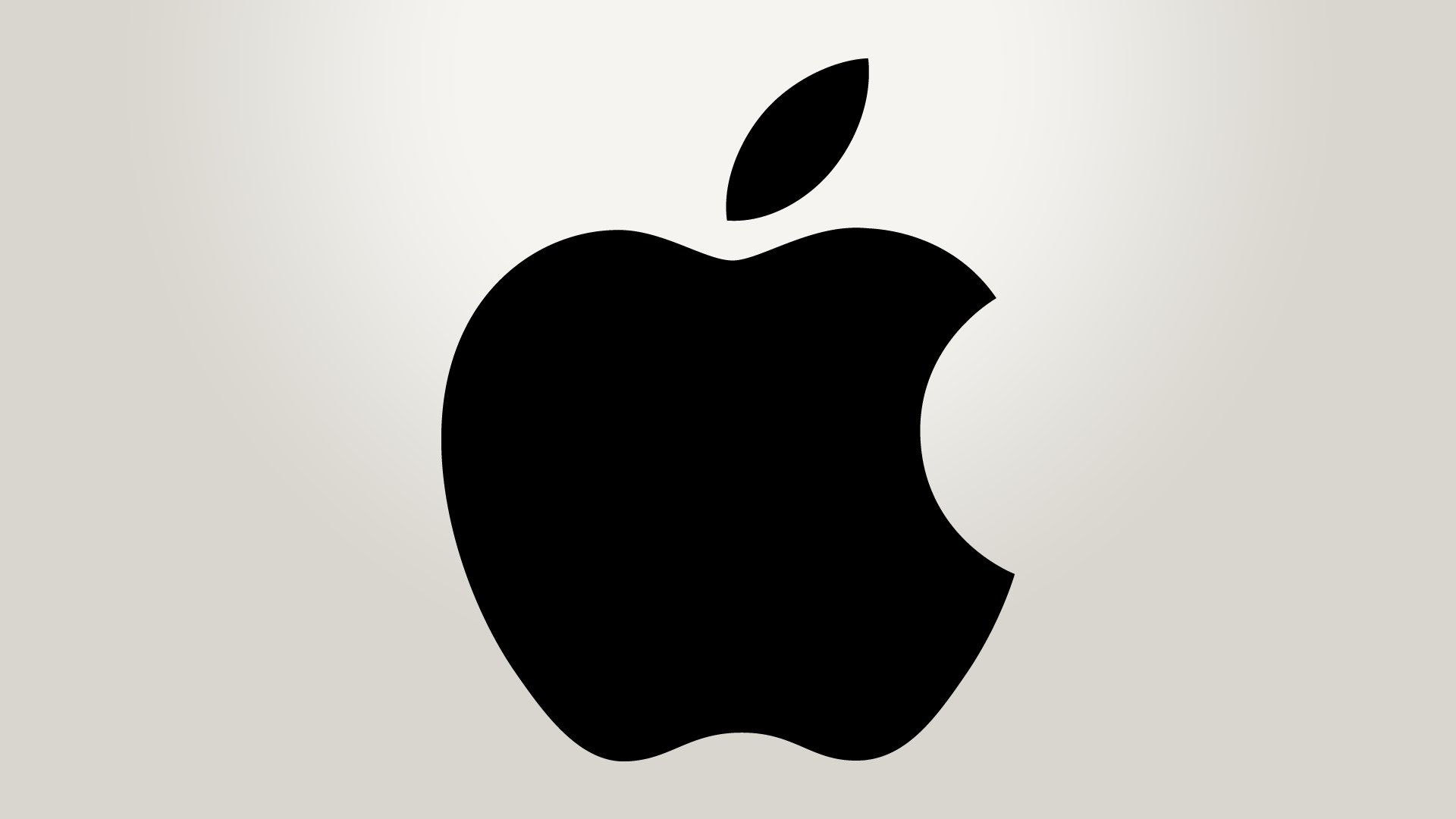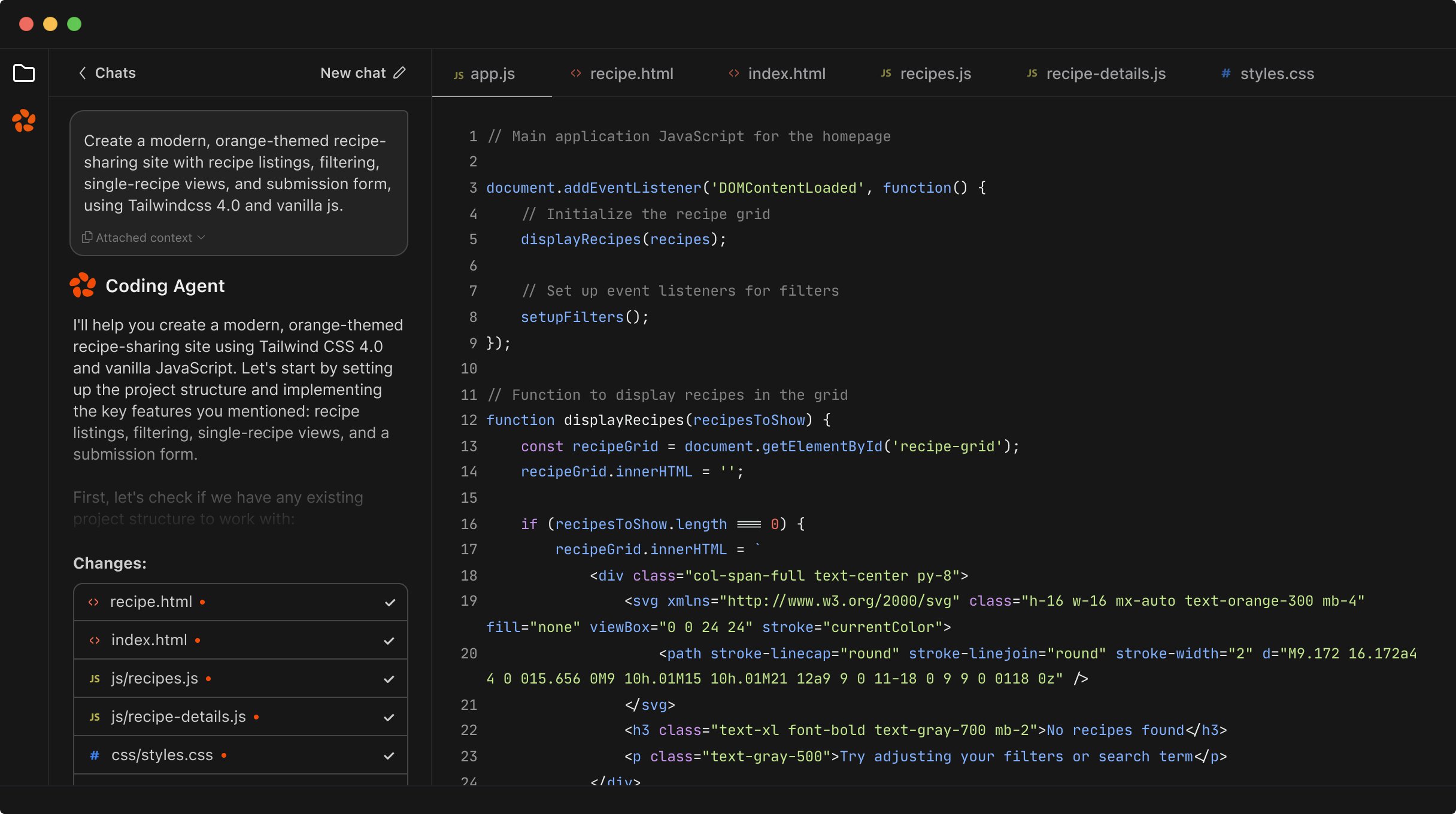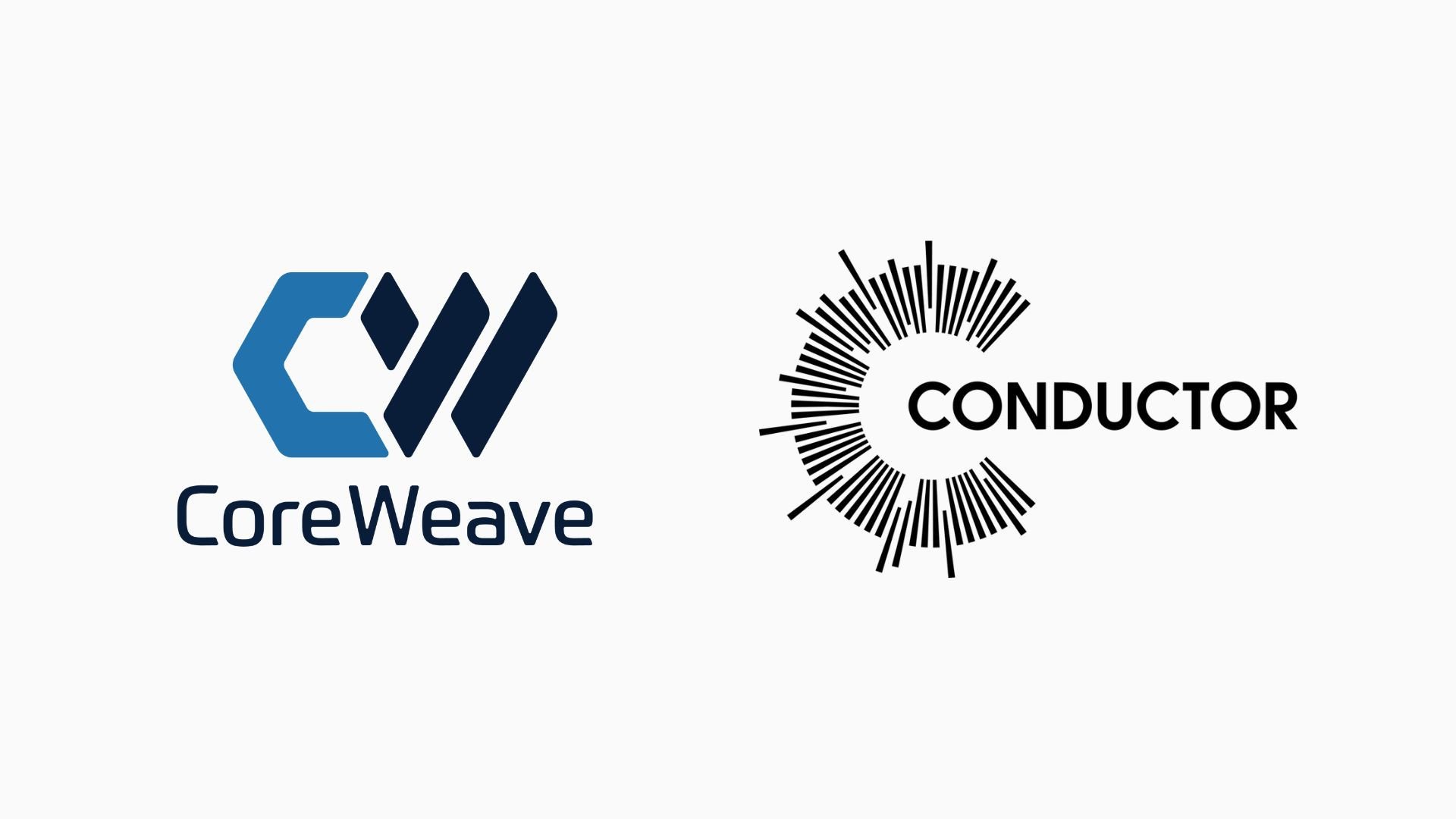On May 7, 2025, Microsoft CEO Satya Nadella made a pivotal move by publicly endorsing the Agent2Agent (A2A) protocol from Google DeepMind and Anthropic’s Model Context Protocol (MCP). Nadella’s announcement sharply shifts Microsoft’s AI focus towards open standards, marking a significant break from the walled garden approach that has defined much of big tech for years. The announcement also confirmed that CoPilot Studio and Foundry will support these protocols soon, catalyzing agentic AI integration across platforms.
This endorsement signals a new phase for agentic AI where interoperability is central. Open protocols like A2A and MCP can change how apps, platforms, and networks interact, allowing businesses and developers to build on flexible standards and reduce friction in innovation. Nadella’s support arrives just as enterprises are pushing for solutions that prevent vendor lock-in and enable more seamless data exchange and collaboration.
Satya Nadella Endorses Open Protocols for Agentic AI
Satya Nadella has never been shy about the need for open standards in tech, but his latest endorsement of A2A and MCP is the first time he’s gone all-in on specific protocols for agentic AI. In a post on X (formerly Twitter), he said, “Open protocols like A2A and MCP are key to enabling the agentic web,” making it clear that open architectures are now a top priority for Microsoft AI.
By giving public backing to Google and Anthropic’s protocols, Nadella is not just making a technical choice – he’s influencing the entire direction of enterprise AI. Microsoft is now positioning itself as a leader in building the next generation of AI systems that can talk to each other, no matter the vendor. For an industry long plagued by closed silos, this move sets a new benchmark.
Nadella’s statement did not come in isolation. It was closely tied to Microsoft’s AI product roadmap, especially the ongoing rollout of Copilot Studio and Foundry, which will both support these open standards. This endorsement is a green light for enterprise and startup developers to invest in solutions compatible with these protocols.
Why Microsoft Is Moving Beyond Proprietary AI Silos
The shift away from isolated AI ecosystems at Microsoft has been years in the making. Nadella has previously spoken about the problems that arise when technology is locked inside proprietary walls, referencing the pain points enterprises face with integration, rising costs, and limited flexibility. This makes open protocols more than just an efficiency upgrade – they are now a competitive advantage.
One of the biggest hurdles for businesses adopting AI has been the fear of vendor lock-in. Over the years, Microsoft’s own enterprise tools and cloud platforms have faced criticism for making it hard for customers to switch providers or mix and match solutions. Nadella’s new approach actively addresses these concerns, presenting interoperability as the solution to future-proofing enterprise investments.
By breaking down the barriers between AI agents built by different companies, Microsoft is signaling that collaboration is more valuable than exclusivity. This strategy is likely to push competitors to adopt similar stances on open standards, gradually transforming the entire industry towards greater transparency and flexibility.
The move also aligns with global trends toward open source and transparency, especially as customers and regulators demand more control and oversight over their data and digital infrastructure.
The Strategic Importance of Agent2Agent (A2A) and Model Context Protocol (MCP)
Agent2Agent (A2A) and Model Context Protocol (MCP) stand out because they allow AI systems from different vendors to communicate and collaborate without being constrained by proprietary APIs. A2A, originally developed by Google DeepMind, was designed to let autonomous agents exchange information, coordinate actions, and solve tasks in real time. MCP, created by Anthropic, focuses on secure and context-aware data exchange, ensuring agents only access the information they need.
For the enterprise world, adopting these protocols means agents and models from Microsoft, Google, Anthropic, and potentially many others, can interact seamlessly. This is vital for businesses that want best-of-breed solutions across their infrastructure rather than a single-vendor stack. It allows for more dynamic, responsive, and intelligent applications that can adapt to changing business needs without vendor limitations.
Both A2A and MCP emphasize compliance and security, with features like role-based permissions and end-to-end visibility on data access. These controls help address regulatory requirements and data privacy standards, which are growing in importance globally.
The endorsement by Microsoft not only means wider adoption of the protocols but rapid evolution as more developers contribute, test, and refine them. This creates a feedback loop with tangible benefits for both providers and users of agentic AI technology.
How Open Protocols Accelerate Agentic AI Collaboration
Open standards like A2A and MCP do more than enable technical compatibility. They serve as the foundation for rapid, low-friction development of new AI tools and applications. By reducing the custom integration work previously required to connect platforms and agents, developers can deploy solutions faster and pivot as business needs evolve.
This speed and flexibility benefit not just massive enterprises but also startups and partners who lack the resources to wrangle with restrictive, closed APIs. For every new integration made possible by an open protocol, a door opens for new business cases and innovative products. These protocols make it easier for independent software vendors to plug in their AI offerings and reach more customers.
Additionally, open protocols create more robust defense and redundancy for mission-critical business processes. Organizations can swap out one AI agent for another – no matter the origin – without reengineering their entire workflow. This level of flexibility would have been unthinkable even three years ago and sets the stage for much more dynamic AI ecosystems.
When data and services are interoperable, businesses can focus on creating real value from their investments rather than fighting technical constraints. This is why industry leaders are now choosing to get behind open agentic standards and drive the future of collaborative, intelligent systems.
Impact on Copilot, Azure, and Enterprise AI Deployments
With Copilot Studio and Foundry adopting A2A and MCP, Microsoft’s influence on enterprise AI moves up another level. These platforms are not just about automating basic tasks anymore; they’re becoming central hubs that coordinate entire networks of AI agents – often from competing vendors – working in tandem across the business.
Azure, as Microsoft’s flagship cloud and AI backbone, stands to gain the most from this shift. Integrating A2A and MCP means that businesses can use Azure as a management layer for multi-agent deployments, mixing Microsoft’s AI offerings with outside tools in a seamless way. This makes Azure far more attractive in situations where interoperability and speed to value are critical.
For enterprises, this turns Copilot and Azure into foundational technologies for building sophisticated multi-agent workflows. Examples range from customer service operations and supply chain automation to real-time data analytics and security orchestration. There’s a growing expectation that businesses should no longer be forced to choose between the best tools simply because they come from different vendors. With these protocols, that barrier disappears.
It’s also a notable win for IT departments, which often bear the brunt of integration headaches. With A2A and MCP, complex systems can be tied together quickly, reducing both deployment time and ongoing maintenance.
Historical Push for Open AI Architectures at Microsoft
Satya Nadella’s advocacy for open, interoperable AI didn’t start in 2025. Over the last decade, he has been one of the tech industry’s most vocal supporters of open standards and platforms. As far back as 2018, he highlighted the importance of ONNX – the Open Neural Network Exchange, built through a collaboration between Microsoft and Facebook – as proof that industry-wide agreement could drive better, faster adoption of new tech for everyone.
Nadella’s repeated calls for openness have not just been PR moves. Under his leadership, Microsoft embraced open-source projects, backed interoperability for developer tools, and drove the integration of multi-model, open platforms like GitHub into enterprise environments. This has helped flip Microsoft’s public image from a historically closed vendor into a qualified enabler of choice for developers and CIOs.
His messaging over the years has been remarkably consistent: the value of AI and digital technology grows when it’s accessible and adaptable, and when businesses can build with rather than around each other’s tools. The endorsement of A2A and MCP is only the latest milestone in this long arc toward openness.
ONNX and the Pathway to Today’s Open Standards
Microsoft’s partnership with Facebook on the Open Neural Network Exchange (ONNX) laid much of the groundwork for the current move towards open agentic protocols. ONNX’s core premise centered on giving developers the ability to move models between platforms, frameworks, and hardware with minimal effort. This became essential as enterprises began to build more complex AI systems that couldn’t be locked into any one company’s ecosystem.
ONNX quickly gained traction across the AI landscape, supported by hardware leaders like Intel, Qualcomm, and Nvidia as well as other cloud vendors. It provided a *template* for what successful open standards could look like in action: community-driven, inclusive, and focused on lowering barriers to adoption.
This early experience showed Microsoft that cross-enterprise, cross-vendor collaboration could work – and that the benefits far outweighed the perceived risks of giving up some control. Today, A2A and MCP are positioned in the same spirit, but with a focus on agentic interoperability rather than just model portability.
Nadella continues to stress that open formats not only accelerate adoption but also encourage the kind of experimentation and diversity the AI field needs to reach its full potential. Without ONNX, the industry might have moved far slower towards today’s multi-vendor AI workflows.
Breaking Down A2A and MCP: Concepts and Enterprise Value
The foundational idea behind both the Agent2Agent (A2A) protocol and Model Context Protocol (MCP) is interoperability. A2A is designed for agent-to-agent communication: it lets different AI systems negotiate, share data, and even delegate tasks to each other across company lines. MCP focuses on ensuring these communications happen securely, with tight controls over data access and context so that privacy and compliance needs are met.
For enterprises, their value lies in:
- Reducing integration costs – no need for custom APIs or adapters
- Improving security compliance – with role-based access baked in
- Unlocking new workflows across best-in-class tools from multiple vendors
- Future-proofing investments against vendor consolidation or market shifts
In practical terms, a finance company could now automate inter-department communication between budgeting, fraud detection, and risk management teams using agents from different providers, trusting that data will only flow where and when it’s supposed to. This creates new potential for automation without sacrificing strictly required security and regulatory guardrails.
Tackling Vendor Lock-In: Microsoft’s New Approach
Vendor lock-in is a problem that has frustrated enterprise decision-makers for decades. Past iterations of Microsoft products were not immune, often supporting their native products at the expense of third-party alternatives. With A2A and MCP, Microsoft is directly addressing this legacy and attempting to turn it into a selling point.
Also Read
Square Enix Symbiogenesis Expands on Sony Soneium Blockchain
By supporting standards that let competitors’ agents function natively within Microsoft environments (and vice versa), Nadella’s team aims to *dispel* lingering skepticism among customers who worry about getting stuck with inflexible infrastructure. This isn’t just good optics; it’s about winning back trust and proving that Microsoft products can fit as part of any heterogeneous, modern tech stack.
For organizations, the direct impact is lower switching costs, more choice, and less risk. This will almost certainly force competitors to follow suit or risk losing relevance, pushing the entire market away from proprietary traps and toward more open partnerships.
Cross-Platform AI and the Multi-Agent Workflow Revolution
As companies deploy increasingly complex networks of AI-powered assistants and agents, the need for seamless multi-agent workflows has skyrocketed. It’s now clear that the future of work isn’t just *AI as a service* but AI as a team of interoperating agents – often from different providers – collaborating on everything from customer interactions to backend logistics.
The A2A and MCP protocols are built exactly for this multi-agent reality. They let software robots coordinate efforts, share timely updates, and jointly solve thorny business challenges. For instance, in a large retail business, a supply chain agent (perhaps powered by Anthropic models) could communicate directly with a finance agent running on Microsoft Copilot, speeding up demand forecasting and budget approvals.
Also Read
Last Chance to Exhibit at TechCrunch AI Sessions at Berkeley
This approach opens up the possibility for highly modular, plug-and-play enterprise software, where best-of-breed solutions can be connected almost instantly. That has a direct financial impact, as companies cut the time and cost of rolling out new digital initiatives without waiting months for bespoke integrations.
Multi-agent workflows also democratize sophisticated automation, allowing smaller teams or units to access enterprise-grade capabilities without heavy IT overhead.
Security and Compliance Simplified Through Open Protocols
Security has always been a sticking point for open systems but the A2A and MCP protocols have been designed with these challenges in mind. Agent interactions can be logged and inspected, giving organizations a full audit trail of who shared what, with whom, and when. This transparency is critical for meeting evolving global data privacy laws.
With MCP in particular, every data request is governed by context and permissions. This concept is similar to the zero trust frameworks now common in IT security: only the minimum required data is accessed, and every transaction is validated. This lowers the risk of accidental data leaks or rogue agents bypassing company rules.
Also Read
Florida Encryption Backdoor Bill for Social Media Fails to Pass
Standardized protocols mean that compliance can be enforced consistently, even across agents from different vendors. If a hospital’s records management agent passes data to an insurance processor’s agent, everything is tracked and auditable at a granular level, ensuring regulatory compliance at every step.
Microsoft, Google, and Anthropic: A New Era of AI Ecosystem Compatibility
Nadella’s public support for protocols developed by Google DeepMind and Anthropic is notable for its embrace of a new style of competition – one that prizes compatibility alongside innovation. This collaboration among leading tech companies means that enterprises building with Microsoft tools are not boxed out from advances coming from other industry leaders.
This shift is a win for everyone. Microsoft, Google, and Anthropic all stand to benefit from a bigger ecosystem, shared feedback, and a faster pace of development, while customers enjoy better activity, resilience, and access to cutting-edge features.
As key contributors, these companies will also help evolve the protocols, setting industry standards and shaping the regulatory ecosystems that will eventually govern widespread agentic AI use. Their cooperation is already pushing smaller AI outfits and startups to adopt the same protocols, strengthening the ecosystem overall.
Also Read
Apple’s New Chips Target Smart Glasses, Macs, and AI Hardware
Opportunities for Startups and Developers in Agentic AI
The promise of open standards is perhaps most exciting for developers and AI startups. Without the need to negotiate bespoke integrations for every customer deployment, new players can focus on creating specialized agents that plug directly into established networks.
This levels the playing field, letting niche providers – who may have domain-specific expertise or novel algorithms – compete against tech giants within enterprise environments. It also allows startups to prioritize innovation rather than spend time and money dealing with compatibility issues or closed API ecosystems.
Developers can now participate in a much larger marketplace, targeting customers who have adopted A2A or MCP-compatible infrastructure. This helps drive more use cases for agentic AI, from healthcare to logistics, finance, and education.
Open protocols also support a thriving open-source ecosystem, where reusable tools, models, and capabilities can be built and improved by the community as a whole.
Also Read
Widespread Timeline Issues Hit X as Users Report Outages
Challenges Ahead for Open AI Protocol Adoption
While the push for open protocols is moving rapidly, there are hurdles to clear. Not all vendors are eager to embrace approaches that weaken their proprietary moats. Some may view interoperability as a risk to their market share, leading to patchy support or half-hearted implementations.
Technical interoperability alone won’t erase the differences in quality, security, or performance across vendors. Enterprises will need to carefully vet third-party agents before deploying them in production, and industry groups may need to step in to set best practices and certification standards for interoperability.
There are also questions around governance. As protocols evolve, disagreements could emerge over roadmap, licensing, or how to handle breaking changes. The risk of “forked” standards – where big players create incompatible extensions – remains a live concern.
What This Means for the Future of Enterprise AI Applications
Microsoft’s embrace of A2A and MCP marks a tipping point for enterprise AI adoption. The new generation of business software will not be built as enclosed towers but as collaborative, open networks of specialized agents working together.
Also Read
Zen Agents by Zencoder: Team-Based AI Tools Transform Software Development
Enterprises should expect faster deployment of new solutions with fewer integration headaches. Open protocols can make it easier to comply with changing regulations, swap out underperforming vendors, and future-proof their entire investment in AI infrastructure.
In the long run, this move could help democratize advanced technology, spreading best-in-class features and rapid innovation from the largest multinationals down to individual teams and small businesses. The challenge – and opportunity – will be guiding this ecosystem toward openness while maintaining robust security and oversight over how intelligent agents interact.
